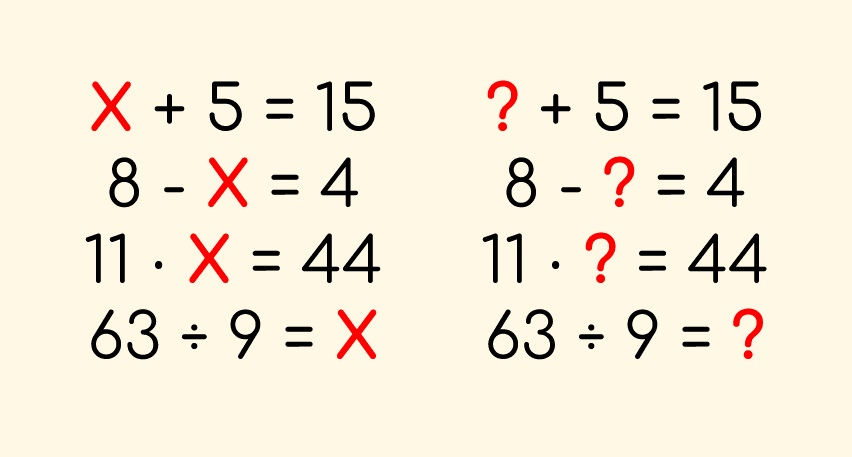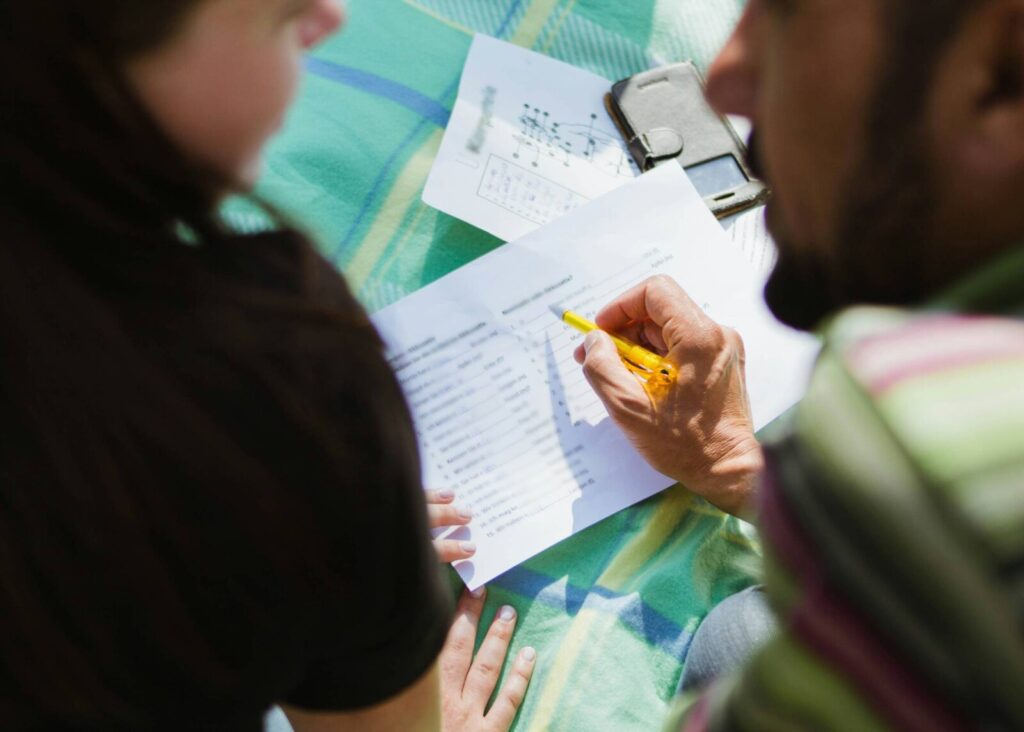There comes a time in every student’s educational journey when they will inevitably encounter “letters in math.” Otherwise known as algebra, this math concept carries an intimidating reputation among younger students. In reality, it is not to be feared and can even be fun for young learners once they see how easy it is!
Typically, students will be formally introduced to algebra near the end of 5th grade or the start of 6th grade. The great news is they have been learning the core concepts behind it for their entire educational careers. If a student has a decent handle on the math they’ve already studied, the transition to algebra is likely to be a smooth one. The following are a handful of core concepts and associated tips to help students feel more prepared to take on algebra.
What is actually new about algebra?

Algebra, at its most basic level, does not actually require much new math knowledge for 5th and 6th graders. Once a student learns what a “variable” is it usually all clicks into place pretty quickly.
A variable is a symbol we use to represent a number we don’t know—yet. We call these variables because their value changes (varies) from one problem to another. They differ from something like the number 5, which will always just represent 5 to us. A variable might represent a value of 5 in one question and 500 in another. It is usually our job to solve this mystery and find out a variable’s value for our specific math problem.
Perhaps the most common variable students will end up seeing is “x.” Like any other variable, “x” can be anything from the number of miles you drive per week to the cost for a lifetime’s worth of coffee. While “x” is commonplace, it can also cause a whole lot of confusion initially. Students will be accustomed to “x” representing multiplication. It can help to familiarize students with the multiplication dot (⋅) and other new methods for representing multiplication prior to starting algebra, but it’s not completely necessary.
Another way around this initially, and a simple trick to introduce variables to younger students, is to replace “x” and other letter variables with a question mark. This is seen in the image above. Calling it a “mystery number” and using a symbol they are already familiar with can help students familiarize themselves with algebraic concepts before learning the formal syntax. We commonly see students in early elementary school successfully solving algebraic problems when they are presented in this fashion because it becomes apparent that all they need to do is find a number that makes the rest of the problem true. It’s that easy!
Another term students will want to become familiar with is “expression.” An expression is simply any mathematical statement containing a variable and an operation. Students should know how to write expressions that represent phrases such as “x increased by 1”, which can be written as “x + 1”.
What other concepts should students brush up on?
- Basic Operations: By the time they are learning algebra, students need to have a solid understanding of addition, subtraction, multiplication and division. This includes having thoroughly memorized their times tables. Eventually, they’ll need to understand the order of operations (PEMDAS) to progress further with algebra. Simply reviewing these concepts will ensure that you don’t make as many minor miscalculations when working on more complicated problems.
- Fractions, Percents, and Decimals: While students will likely start out exclusively working with whole numbers, they will eventually begin to move on. Make sure students are comfortable doing basic operations with fractions, such as dividing two fractions by finding the least common denominator. Additionally, they will be expected to quickly move between fractions, decimals and percents depending on the problem. Practice converting fractions into percentages, and pay attention to place value.
- Coordinate Plane and Ordered Pairs: Students will be expected to understand how to graph coordinate pairs on an X and Y-axis. Algebra builds on these skills by having them compare multiple coordinate pairs and graph their relationship as a line. This requires them to know how to graph coordinate pairs and calculate slope. By the end of middle school, students are expected to be able to graph linear equations, and solve linear equation systems.
If you are reading this and feeling stressed, FEAR NOT!

- Consult Online Resources: There are numerous resources available for free online. A classic standby is Khan Academy, which provides detailed instructions along with examples and practice problems.
- Reach Out to Teachers: If you or your student are feeling overwhelmed and still don’t know what you should study, email a previous or current math teacher. They can usually provide ideas for concepts students may have struggled with and places for extra help.
- Consider Tutoring: We work with students year-round to cover these concepts. Even if you or your student are months into a middle school math class, we can work together to master algebra while simultaneously reviewing concepts that may have been missed and are required to move forward. It is never too late to ask for help. We’re here for you.
